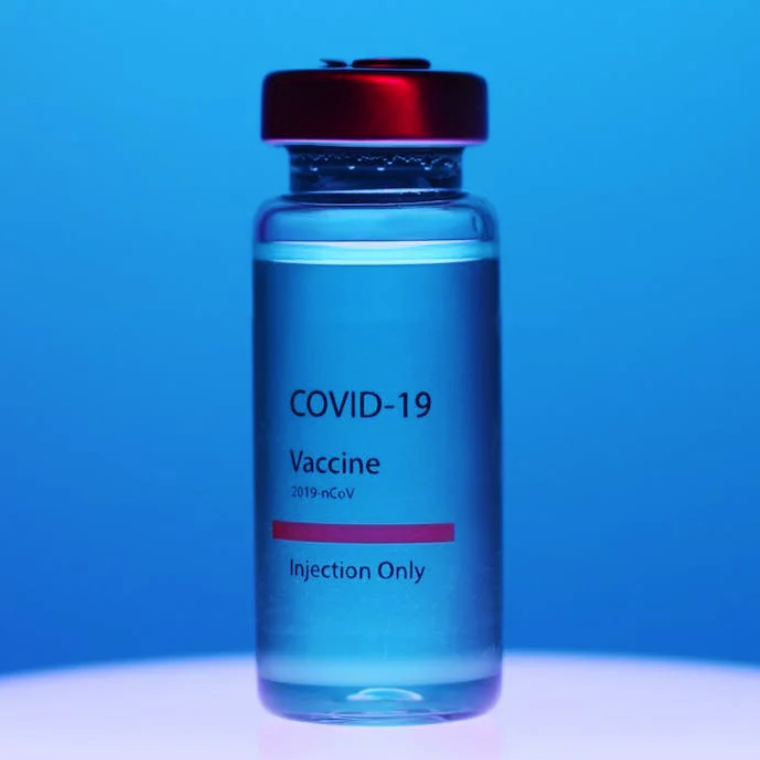Association of socioeconomic indicators with COVID-19 mortality in Brazil: a population-based ecological study

All claims expressed in this article are solely those of the authors and do not necessarily represent those of their affiliated organizations, or those of the publisher, the editors and the reviewers. Any product that may be evaluated in this article or claim that may be made by its manufacturer is not guaranteed or endorsed by the publisher.
Authors
The article presents an analysis of the spatial distribution of mortality from COVID-19 and its association with socioeconomic indicators in the north-eastern region of Brazil - an area particularly vulnerable with regard to these indicators. This populationbased ecology study was carried out at the municipal level in the years 2020 and 2021, with analyses performed by spatial autocorrelation, multiple linear regression and spatial autoregressive models. The results showed that mortality from COVID-19 in this part of Brazil was higher in the most populous cities with better socioeconomic indicators. Factors such as the onset of the COVID-19 pandemic in large cities, the agglomerations existing within them, the pressure to maintain economic activities and mistakes in the management of the pandemic by the Brazilian federal Government were part of the complex scenario related to the spread of COVID-19 in the country and this study was undertaken in an attempt to understand this situation. Analysing the different scenarios is essential to face the challenges posed by the pandemic to the world’s health systems.
How to Cite

This work is licensed under a Creative Commons Attribution-NonCommercial 4.0 International License.
PAGEPress has chosen to apply the Creative Commons Attribution NonCommercial 4.0 International License (CC BY-NC 4.0) to all manuscripts to be published.













